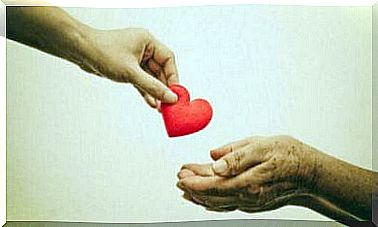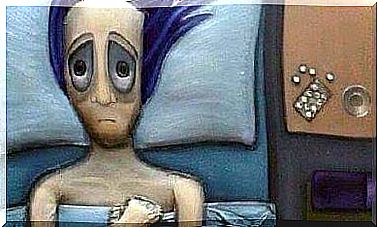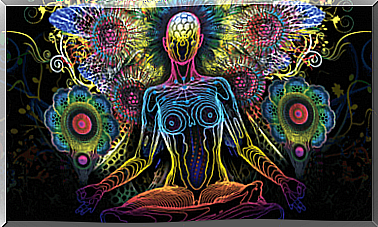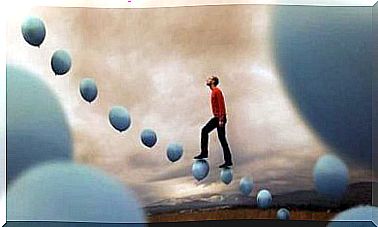UN And The Goals For Sustainable Development

In July 2015, UN member states reached a final agreement on sustainable development (SDG). They are committed to doing the work to guarantee that people around the world would live better lives without harming the planet.
Sustainable Development Goals (SDGs) proposed 17 different goals with 169 total sub-goals, designed to change the world. The participating nation states will work to achieve the SDGs by the year 2030.

The 17 goals for sustainable development:
- Eradicate poverty. End poverty in all its forms everywhere.
- Eradicate hunger. End hunger, achieve food security and improved nutrition and promote sustainable agriculture.
- Good health and well-being. Ensure healthy lives and promote well-being for everyone of all ages.
- Good education. Ensure inclusive and fair quality education and promote lifelong learning opportunities for all.
- Gender equality. Achieve equality and empower all women and girls.
- Clean water and good sanitation. Ensure accessibility and sustainable management of water and sanitation for all.
- Clean energy for everyone. Ensure access to affordable, reliable, sustainable and modern energy for all.
- Decent work and economic growth. Promote sustainable, inclusive and sustainable economic growth, full and productive employment and decent work for all.
- Industry, innovation and infrastructure. Build good infrastructure, promote inclusive and sustainable industrialization and promote innovation.
- To reduce inequalities. Reduce inequalities in and between countries.
- Sustainable cities and communities. Make cities and human settlements inclusive, safe and sustainable.
- Responsible consumption and production. Ensure sustainable consumption and production patterns.
- Stop climate change. Take swift action to combat climate change and its effects (note agreements made by the UNFCCC Forum).
- Life under water. Preserve and sustainable use of sea, sea and marine resources for sustainable development.
- Life on land. Protect, restore and promote the sustainable use of terrestrial ecosystems, manage forests sustainably, combat desertification and halt and reverse land degradation and halt biodiversity loss.
- Peace, justice and strong institutions. Promote peaceful and inclusive societies for sustainable development, provide access to justice for all and build effective, responsible and inclusive institutions at all levels.
- Collaborate to achieve goals. Strengthen implementation funds and revive the global partnership for sustainable development.
What is sustainable development?
Sustainable development is what improves living conditions today without compromising the resources of future generations. Unsustainable development is when we use all our resources now, and leave future generations with nothing.
To guarantee sustainable development, we all need to work together to make these big changes happen. Without cooperation, we will never be a fairer society. We must also implement positive measures that contribute to sustainable development, such as respect for others and the planet.
UNESCO and the goals for sustainable development
UNESCO is the United Nations Educational, Scientific and Cultural Organization. It contributes to the implementation of SDG through the work with education, natural sciences, social sciences, culture, communication and information.
A sector of UNESCO is dedicated to education issues. After all, education is an essential human right and the basis for promoting a more peaceful and sustainable world.
UNESCO provides global and regional leadership, strengthens national education systems and responds to the global challenges of our time of education.
What is the UN?
The UN is the largest political, economic and social organization in history. It was established in 1945, and almost every nation in the world is a member. Today, there are 193 UN member states.
The UN is designated to maintain peace and security in the world. They try to help solve problems that affect everyone, promote human rights and provide support to countries to work towards these goals together.
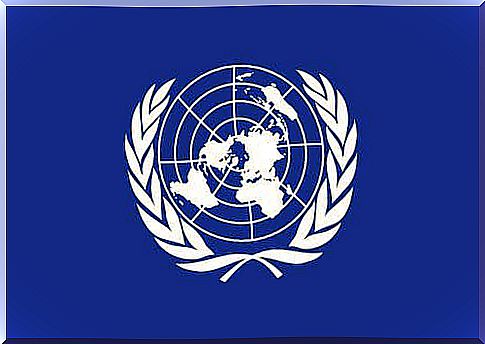
What are human rights?
Human rights are the inherent rights of all people, regardless of nationality, country of residence, gender, country of origin, ethnicity, color, religion, language or other circumstances.
The Universal Declaration of Human Rights was an important milestone in the history of the fight for human rights. Representatives from all regions of the world, with different cultural and legal backgrounds, were involved in preparing the declaration. It was adopted by the UN General Assembly and established the fundamental human rights that should be protected throughout the world. It has been translated into more than 500 languages.
What is Education for Sustainable Development (ESD)?
Education for Sustainable Development (ESD) seeks to maximize people’s potential for knowledge, critical thinking and a global perspective. It is based on everyday reality and fights situations of inequality by promoting positive, sustainable societal change. Think globally, act locally!
This education brings together different elements that form the theoretical basis: social transformation, interculturality, sustainable development goals, gender, equality, social justice, solidarity, women’s rights, etc. The point of all this is to try to move towards global citizenship, global justice , equality and the achievement of human rights for all.


